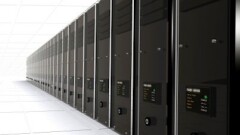There has been much talk in recent years about migrating your accounting firm to the cloud. With the recent outbreak of COVID-19, it has become even more appealing as the work-from-home movement is in full force.
While it is a hot buzzword, many do not understand what it means to move to the cloud. Essentially, moving to the cloud means that you do not need to physically be in an office in order to access centralized data. This can be your client’s tax returns, documents, spreadsheets, and anything else that in the past you needed to login at your desk in the office to access.
Change is never easy, but during these unprecedented times it may be a good idea for you to migrate your firm to the cloud. Some organizations are opting to dip their toes in the water and do a hybrid solution, where the main server is cloud-based, but the other machines are still physical.
While there are a huge number of advantages to moving to the cloud, there are some cons that are associated with it as well.
To help you decide which is best for your firm, weigh the following pros and cons.













